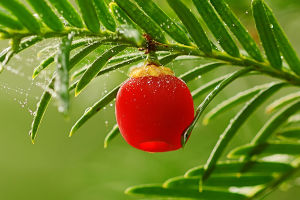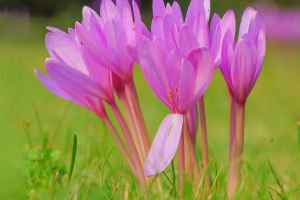Hydrangeas, known for their stunning pastel hues and the intriguing ability to change colors, have captured global adoration for their unique beauty and longevity.
The name "hydrangea" traces its origins to ancient Greece, where it combines the words "hydros," meaning water, and "angos," meaning vessel, aptly describing the flower's resemblance to water jars of antiquity.
While the large, brightly colored hydrangea varieties are familiar to most, the Hydrangea genus showcases remarkable diversity.
Comprising 70-75 species of flowering plants, the Hydrangea genus primarily hails from Asia and North America. Asia, especially regions like Korea and Japan, boasts the greatest variety of hydrangea plants.
These shrubs can be deciduous or evergreen and range from 1 to 3 meters in height. However, deciduous varieties dominate the world of hydrangeas, and they typically grace gardens with their blooms from early spring through late fall.
Hydrangeas come in three fundamental bloom types: flat-topped clusters, trailing heads, and panicles. Flat-topped clusters yield small floret clusters, often accompanied by larger flowers. Trailing head hydrangeas, the most common variety, resemble pom-poms, while panicle hydrangeas form cone-shaped clusters.
One of the well-known members of the Hydrangea family is the French hydrangea, originating in Japan. Renowned for its ability to undergo color transformations, it features flat-topped clusters and trailing head-like flowers.
The colors vary from white to pink, blue, and purple, making it a favorite among gardeners and florists due to its low maintenance and minimal pruning requirements.
The dahlia hydrangea, characterized by its round ball-shaped blooms in purple, blue, and pink, is among the most recognizable hydrangea types. These hydrangeas are distinguished by their thick, shiny, heart-shaped leaves with coarse-toothed edges, typically 15cm long and 12cm wide.
The petioles are short, causing the leaves to hug the main stem, while stems often feature tiny black or red stripes or spots.
The lace-edged large-flowered hydrangea, closely resembling the orb-type hydrangea in most aspects, stands out for its flower shape. The fertile flowers are nestled in the center as small buds, while the showy, eye-catching flowers on the periphery are sterile.
Mountain hydrangeas, although less common, are remarkably hardy and can withstand harsh winters and climates, boasting smaller but equally charming flowers.
Conical hydrangeas, known for their rapid growth and leafy appearance, thrive in bright, warm conditions, unfazed by full sun exposure. Their ability to bloom radiantly even under the scorching sun makes them a delightful addition to gardens and a highlight of garden parties.
Distinguishable by their small, slender, and textured leaves, conical hydrangeas typically measure about 15cm long and 10cm wide. Hydrangea leaves can have finely to coarsely toothed margins and a matte, medium-green color that sets them apart from other varieties.
In essence, hydrangeas, with their captivating varieties and diverse characteristics, continue to enchant flower enthusiasts and gardeners worldwide. Their enduring appeal is a testament to the enduring charm of these remarkable blooms.
Hydrangeas, with their enchanting diversity and timeless beauty, captivate the hearts of flower enthusiasts and gardeners. These blooms, celebrated for their ever-changing colors and unique appearances, hold a cherished place in the world of cultivated flowers.


